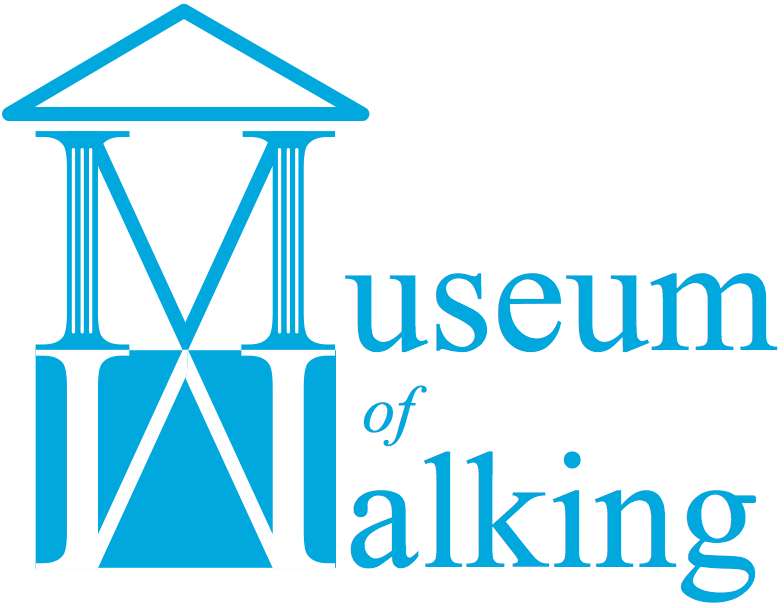Date/Time
Date(s) - 02/05/2007
5:30 pm - 7:30 pm
Location
Royal Commonwealth Society,
Involving the community in regeneration. Worth the time and trouble? Worth the expense?
Should communities get involved in designing their neighbourhoods? Community involvement is now a generally accepted part of physical regeneration schemes, yet there is still a great deal of confusion about the role of the community and indeed what and who that community is. Then there is the maze of words (consultation, involvement, participation etc) that are used interchangeably by some and as distinct methodologies by others. There are those who like the idea of involving the community but don’t know where to begin. There are others who have had negative experiences with community involvement and would do all in their power to keep the community out of it. Similarly, there are some communities that have been repeatedly consulted, yet feel they have had no voice in decision-making in their area. Most have seen huge sums of money spent on consultation and/or involvement strategies that have left all those involved wondering, was that really worth all the time, trouble and expense?
The answer is very often no, but that does not mean that we should give up on the notion of community participation or ignore the practical advantages of working with the community when making physical changes to our neighbourhoods.
The fact is that any architecture, landscape architecture or planning project starts with a brief. The better informed that brief, the greater the chances of the design professional developing a scheme that meets the needs of the end users and that inspires those who inhabit the space. When the paying client is the end user, there is a direct link between the design professional and those who fully understand the practical and emotional requirements for the space, as they are the ones who will inhabit and use the end product.
In regeneration, however, the brief is generally developed by a paying client, or representatives thereof, who is asked to speak for a great number of interests and to provide practical knowledge of the area in question that they do not possess. In effect, they are asked to make their best estimate, within the limited time and budget constraints of their department, of what would be the best direction for change in an area of which they have little personal knowledge and experience.
This is where the community could be useful and should be brought into the project. Those who live, work study and play in the area know the facts on the ground: which areas are used by local people, which the cause for concern, what is missing in the area, where antisocial behaviour happens, which routes people use, where people need to be able to sit down etc. The community could and should be seen as a valuable font of information to improve the quality of the brief, and therefore improve the project’s chances for a successful and sustainable outcome.
Involving members of the community in the regeneration process must mean, therefore, involving them in the whole design process, beginning with brief development. Bringing local people into the design process gives them a greater sense of ownership of the scheme and a greater stake in its success. This early involvement will also pave the way for a continuing role throughout the development of the project, bringing local knowledge, skills, relationships and networks to the scheme, and an ongoing contribution to the success of the area long after the builders leave.
Sophia de Sousa
Chief Executive
The Glass-House Community Led Design
May 2007
Points for discussion
- Shouldn’t the needs and aspirations of local people inform, rather than be dashed by the regeneration of their neighbourhoods?
- Is it possible to develop community participation strategies that can effectively serve as a resource for the project rather than an obstacle?
- If the value of community participation lies in harnessing local knowledge, skills and networks, how can we realistically work with such a broad range of local people?
“Conversations on Future Lifestyles”: Talk it Through, Make it Happen.
Rethinking Cities Ltd. host “Conversations on Future Lifestyles”, a series of thought-provoking, inspiring and creative discussions on lifestyles and their impact on urban living. Such a Conversation is an opportunity to meet fellow professionals, to share opinions, and contribute to interesting debates on topical issues. Collective problem solving. A briefing paper is distributed to participants one week before the conversation and a guest speaker is invited to introduce the topic.
Conversations take place early in an evening, at a convenient central London location, approximately once a quarter, and last for between 50 and 90 minutes. They are hosted by an experienced facilitator, and participation is limited to ten people, ensuring intimacy and an opportunity for everyone to have a chance to contribute.
“Wise people like Raban (author of Soft City) learn things about cities and communicate them, but then are more or less forgotten. Revisiting them is a real service, and the Conversation was very stimulating, to me at least. The Homes & Communities Academy should fund you to hold hundreds of Conversations, as an alternative to reinventing the wheel.” Rob Cowan, former Director of the Urban Design Group
For each Conversation, a briefing paper is written by the person introducing the topic.
